You may have heard about the increased need to update your website to be accessible to all people, including those with disabilities. It may feel like an overwhelming task, but it is important to get started. There are some things to prioritize, so you can improve the user experience for all people and protect yourself from a potential lawsuit.
Here are the top five things we recommend as you improve your website’s accessibility.
Table of Contents
Toggle1. Begin with the user in mind
It is important to remember that your changes will affect real people. The changes you make to your website should be more than just a checklist.
Think about the user experience. What areas of your site are most important? The Bureau of Internet Accessibility provides resources for website remediation including ongoing support and free WCAG checklists.
When you add the “alt text” to images within the code, it helps to satisfy the requirements, but it also improves the experience if someone has a vision-related disability. Your forms can be updated to be compliant, but they can also allow you to serve people with disabilities that need your services.
Starting out these changes thinking of real people will help shape your perspective as you make the necessary accommodations.
2. Consult the experts
If these changes sound overwhelming, you can get help. The Bureau of Internet Accessibility has provided a Compliance Roadmap that can walk you through the areas of your site that may need to be reworked.
They also provide most common issues to avoid, and other topics of interest.
Chances are you are not the only organization that has to do this, so it’s best to consult the experts before diving into the backend of your website.
There are free scans, webinars, checklists, and other recommendations to get you on your way. You may also consider hiring an organization or professional web programmer such as Practis if your website is cumbersome.
3. Start with what is easy
Many improvements can be quick and inexpensive. It is helpful to start with some of these, as a little bit can help improve the experience of users.
According to The Bureau of Internet Accessibility, some examples of easy accessibility improvements include:
- Adding alternative text (also called alt text) to images
- Adding captions to videos
- Changing background colors to meet WCAG’s color contrast requirements
- Adding descriptive titles and subheadings for each page
- Adding instructions to forms
- Adding appropriate labels to form controls
4. Help users access all parts of your site
One of the main concerns with web accessibility is there are entire parts of websites that are unable to be interpreted by some users.
For example, you may have a form or a portal for users, and these often go overlooked. Same with video or multimedia content. Someone with disabilities may encounter issues that are essential to your website’s functionality.
If these are complex or dynamic, you may need help in integrating them to be up to par with accessibility standards.
5. Start with high traffic pages
If you have an extensive website full of pages, this may feel like a big commitment. However, start with the pages that users use most often. You can see where traffic is based on hits or analytics. Start with those pages.
Many with disabilities use a keyboard only to navigate, so prioritize fixes on your home page that will allow for this without a mouse. You can also take a look at the template that your website uses and see if there are any fixes you can do that will impact pages across the website with a single edit.
It is also vital that someone with disabilities is able to use a contact form or access a page where he or she can reach out to gather more information.
You can do it
Most of all, don’t get overwhelmed. Start somewhere, and begin making the necessary changes. These regulations are now gaining traction, and it will help as we all make the necessary changes. As you make your website more accessible, you will be rewarded in the long run and protect yourself from unnecessary legal issues.
Need help with making your website accessible?
Reach out to Practis. We welcome the opportunity to discuss your accessibility needs and help you with your website WCAG compliance and performance. Starting at only $65 per month, Practis offers a program that will enhance the accessibility of your website, identify issues to update and proactively monitor compliance to standards.




